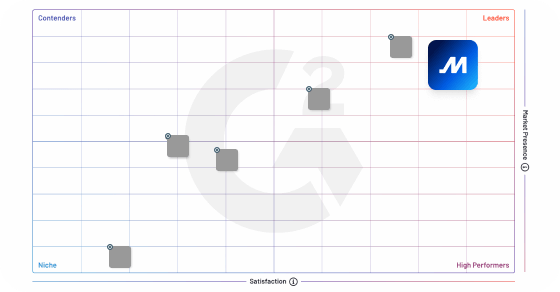The On-board diagnostics port (OBD II) is a crucial component in fleet vehicles. It’s a standardized interface that enables trucking companies and truck drivers to access diagnostic information about their vehicles. In essence, it is a computer system that is designed to monitor and analyze the performance of a truck’s engine and other systems, such as the transmission, emissions, and fuel economy.
The OBD II port is typically located on the dashboard or under the steering column of a truck. It’s a small, rectangular socket that allows for the connection of a diagnostic tool. This tool can be used to retrieve diagnostic trouble codes (DTCs), which are error codes that identify specific problems with a truck’s systems. It can also be used to monitor certain parameters, such as the engine’s RPM, speed, and temperature.
The OBD II port is essential for trucking companies and truck drivers, as it enables them to identify and resolve issues with their vehicles quickly. This, in turn, helps to minimize downtime and reduce repair costs. For example, if a truck driver notices that their engine is running rough or that their fuel efficiency has decreased, they can connect a diagnostic tool to the OBD II port to determine the cause of the problem.
Frequently Asked Questions
What is the OBD port for on board diagnostics?
The OBD (On-board Diagnostics) port is a standardized connector in vehicles that allows for communication between the car’s computer and external diagnostic tools. It provides access to information about the vehicle’s performance, such as engine codes and fuel efficiency data, which can be used for troubleshooting and maintenance. The OBD port is typically located under the dashboard on the driver’s side of the vehicle.
What is on board diagnostics 2?
On-Board Diagnostics 2 (OBD2) is a standardized system in modern vehicles that monitors and reports on the performance of various systems, including the engine, transmission, and emissions. It uses a series of sensors and processors to gather data and diagnose potential issues, which can then be accessed and read using specialized diagnostic tools. OBD2 was introduced in the mid-1990s and has since become an industry standard, allowing mechanics and technicians to quickly and accurately diagnose and repair issues in vehicles.
Where is the onboard diagnostic port?
The onboard diagnostic (OBD) port is typically located underneath the dashboard on the driver’s side of the vehicle. The exact location may vary depending on the make and model of the car. In some cases, it may also be located in the center console or under the hood.
What is the difference between onboard and offboard diagnostics?
The onboard diagnostic (OBD) port is typically located underneath the dashboard on the driver’s side of the vehicle. The exact location may vary depending on the make and model of the car. In some cases, it may also be located in the center console or under the hood.



